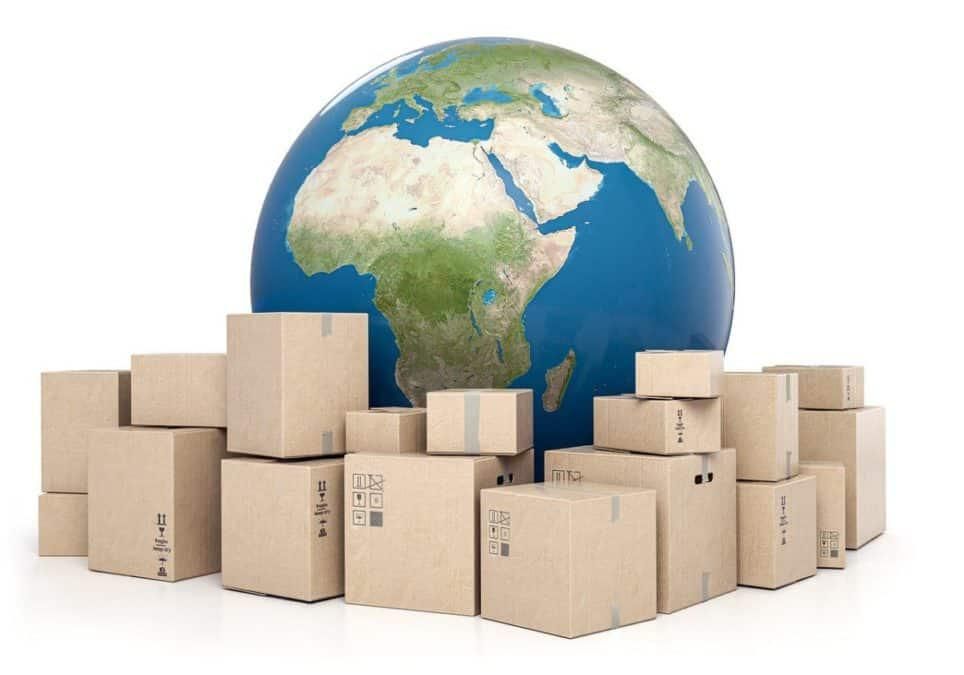Observing the 2019 world import-export data, the value of the exported goods traded worldwide totaled near about 19 trillion USD. In 2000, the exported trade goods were valued at around 6.15 trillion USD.
The global trade movement became restricted during 2009, post the financial crunch worldwide. However, despite critical world politics and global trends like US-China trade disputes, global trade continues to evolve and grow, overruling minor interruptions.
The rise in the value of the exported and imported goods projects the development and innovation in international trade, technology advancement, and globalization. In addition, the availability of comprehensive intelligence trade data solutions like Trademo, the global trade data company, has made trade analysis easier before proceeding with the business.
Trade Industry Leaders
As per the 2019 statistical visualizations, China stood as the top global exporter, exporting merchandise worth approx 2.5 trillion USD.
In the corresponding year 2019, China's global trade export value alone contributed to 13%. Moreover, the US contribution to the export value stood at about 1.6 trillion USD, becoming the second-largest exporting nation.
Together, these two countries rule international trade on a colossal scale, and imagining the scenario without these two industry leaders seems unimaginable.
In 2018, the United States stood as the top importer of traded goods worldwide, contributing 16.6% of worldwide imports.
Trade Industry Trends
As per the world import-export data reports, electrical machinery stood as one of the top traded products. The import-export value of the machinery sector crossed the 5 billion USD marginal mark in 2018. Components of machinery products are commonly available for selling and purchasing purposes.
Transportation of auto parts and car equipment required for vehicle manufacturing is another highly demanded commodity meant for significant import and export.
The Transition Of Global Trends
During the 2010's impactful emergence of technology, businesses became dependent on data to rethink end-users consumption patterns. The innovation of Software as a Service (SaaS) products played a significant role and became a notable trend. Businesses started relying on records of platforms like Trademo- the global trade data company, etc., over the traditional systems.
Businesses have evolved to be more environmentally conscious, meeting financial demands and ethical responsibilities. Supply chain management has increased the system's efficiency with data warehousing, proper sourcing, transportation of goods, and customer services. The past decade has also marked the growth of graphs for women in business.
If you consider examples of import-export trends, you will notice that the US has developed itself as an independent entity. For example, oil imports took place in the US in the early 2010s. But eventually, it is now looking forward to exporting oil by the 2020s!
The Shale revolution altered the trade scenarios, reducing the US's dependence on the Middle East. The US is emerging to increase domestic efficiency and meet customer requirements.
Innovative trends like Virtual Reality, Augmented Reality, Artificial Intelligence, and Machine Language have transformed the business sector within the past decades.
Medical detection equipment, robot-assisted technologies, weather prediction widgets, self-driving cars, and auto parts are dominant trends. The import and export of such high-end technological products have boosted the market growth in the past years and continues to do so.
Understanding The Differential Trade Effects
Data analysis of differential trade effects is usually based on developing countries, developed countries, and least developed countries. International trade has bounced back with steep growth despite the recession in the past few decades. Between 1980-2011, there has been an increment of about 7% p.a. in the value of global merchandise trade.
Trade has also been carved worldwide by the economically developed and developing countries, which has eventually laid the foundation of the export-led growth concept. But besides contributions by these nations, there are other countries in the field as well.
For example, Africa owns a low share of 2.8% within 2000-2010 in the global export market.Impact Of Trade On The Global Economy The world trade collapse in 2009 resulted in the worst economic recession in decades. As a result, the poorly developed countries' economic balance shrank beyond the worst.
By the mid-end of 2008, India, China and Brazil saw decreases in their export values. In addition, global political wars disrupted trade, affecting the GDP (Gross Domestic Product) of various nations.
The ratio of global trade to GDP in 2019 roughly accounted for 60.27%. The increase in the trade surplus is directly proportional to the country's GDP increment. For example, the export of goods accounted for around 12% of the United States GDP in 2018. Again, if we consider Canada, the export of goods accounted for around 32% of the Canadian GDP.
Trade relations play a crucial role in establishing secure connections with neighboring countries and powering the global economy. It is an integral part of globalization, a concept that has opened numerous opportunities for various countries.
Moreover, maintaining a trade balance induces a country's gross domestic product, helping it become economically independent and sound.











